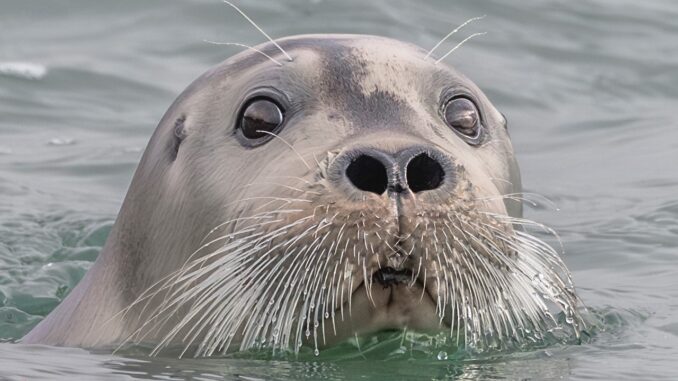
Everything moves more slowly in Arctic. The seasons are condensed in Canada’s far north as nature takes advantage of a few fleeting months of light and hibernates in the long dark months.
There’s a timelessness to the land that has never been altered by roads or development. Learning to appreciate this is the essence of our cruise on Seabourn Venture–aptly named the Northwest Passage Experience— and it’s a welcoming revelation for the 200 guests on board who come from careers where multi-tasking and adhering to daily agendas are unquestioned virtues.
As our three-week Northwest Passage voyage progresses, we naturally all settle into more relaxed frames of mind and enjoy the unique experience as it unfolds each day. Each day’s outings are leisurely affairs to barren-looking shores. But when we arrive, it’s clear they’re teeming with life. Let’s take a closer look:
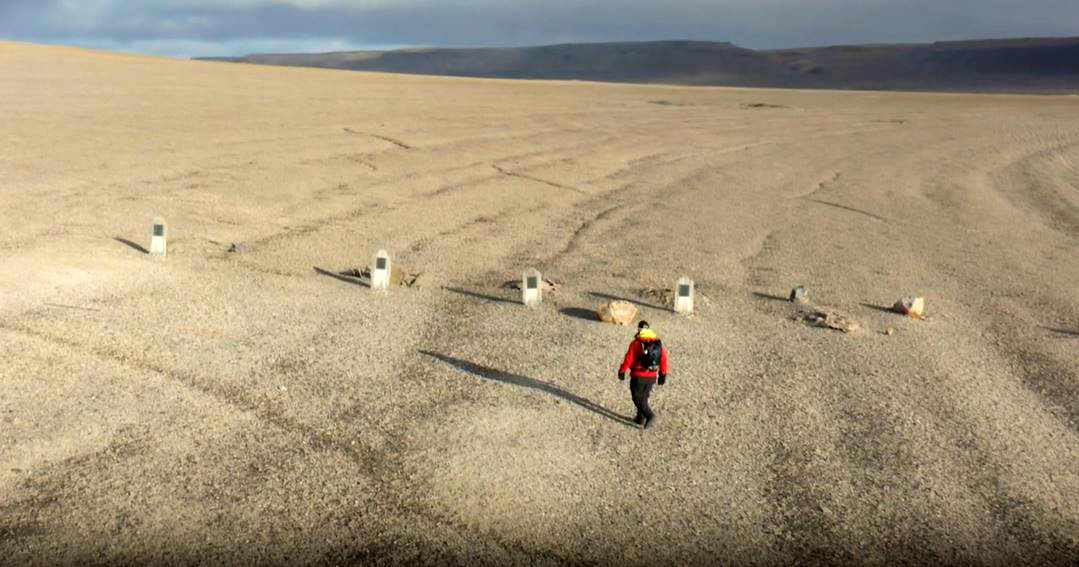
On land nature takes its course
There are no docks anywhere, so we slip on waterproof boots provided by Seabourn and board inflatable boats for a trip to a wet landing ashore. The landscape strewn with boulders laid down by glaciers and rivulets of sparkling meltwater is spectacular, but requires strategy to hop from rock to rock up slopes carpeted with plants that glimmer golden in the sun.
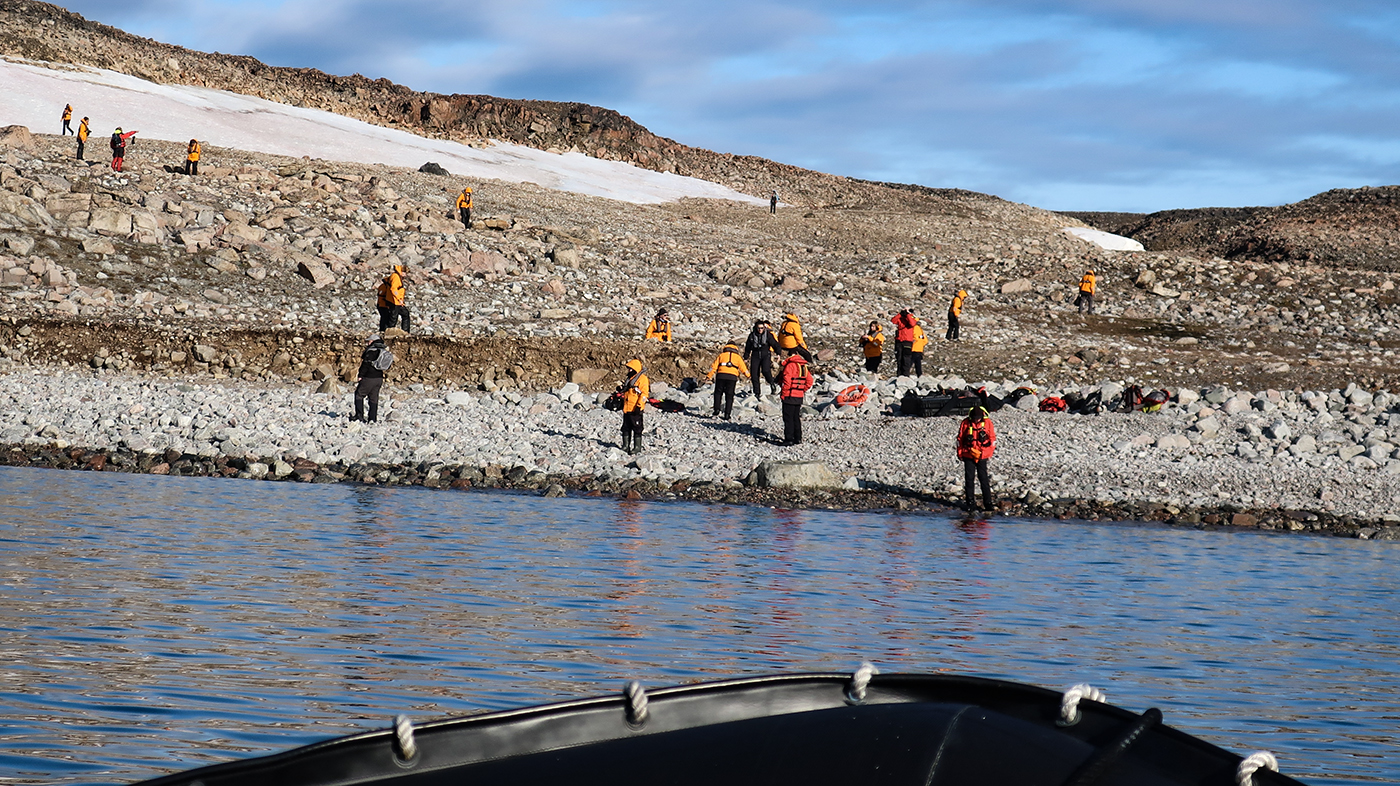
Slow down and take a closer look and there’s a forest here in miniature. The gilded glow comes from the leaves of arctic willows that grow low for protection from winter winds. We’re hundreds of miles above the tree line, but these woody plants an inch or two high can easily live to be over 100 years old. In the warmth of summer they sprout new leaves that soon fade and become the fuel of next year’s growth. Between the willows, patches of wild flowers put out yellow and purple blossoms that are so tiny they’d work as bouquets for dolls’ houses.
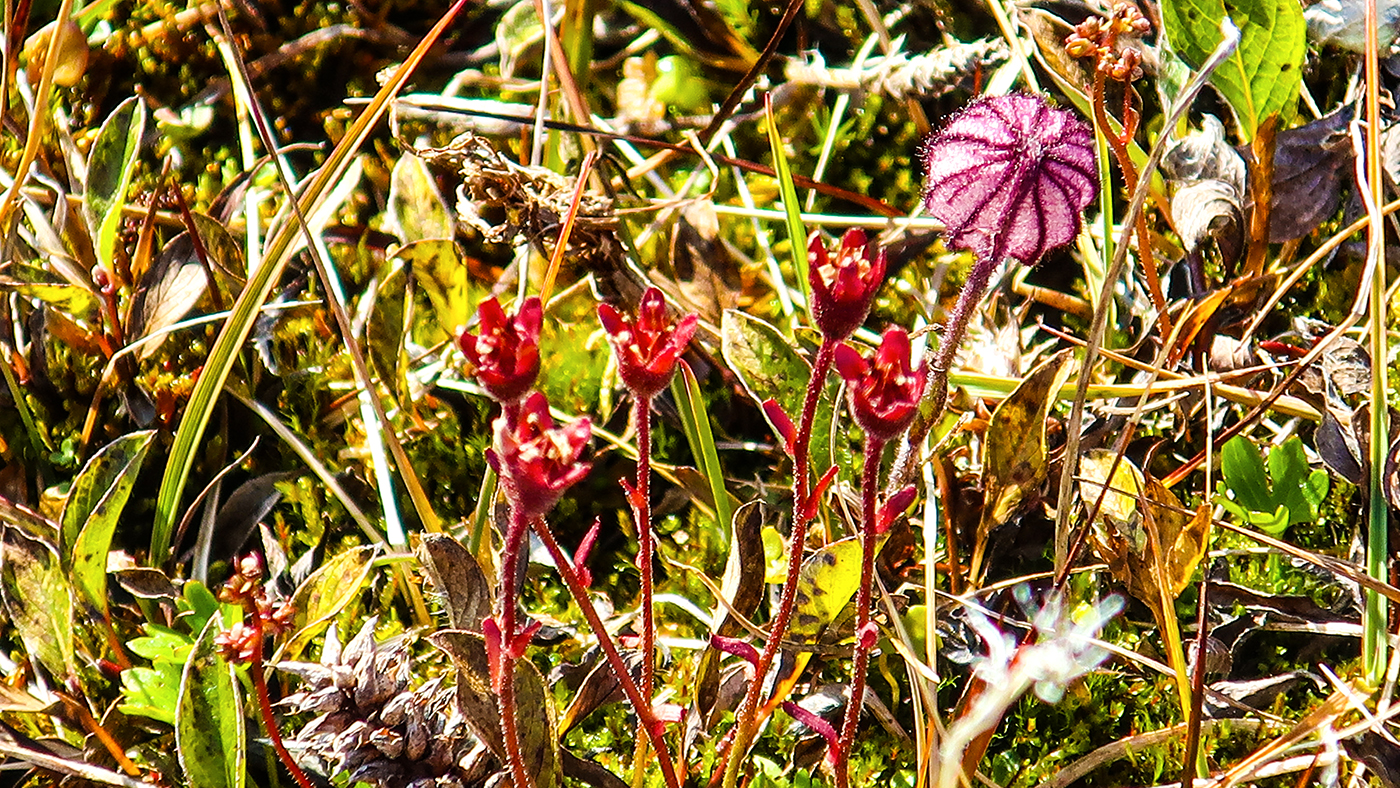
The realities of the Arctic make animals who live here chill out as well, we’re told by Seabourn’s team of wildlife experts. Birds who nest here can remain hearty enough to go on reproducing for decades and bowhead whales can live for 200 years by calling these frigid waters their permanent home.
The local wildlife get the right of way here because this is their domain. Preparing to board our rubber boats to head back to Seabourn Venture, we have to stop everything to allow a family of walruses swimming along the shore come in close to curiously check us out.
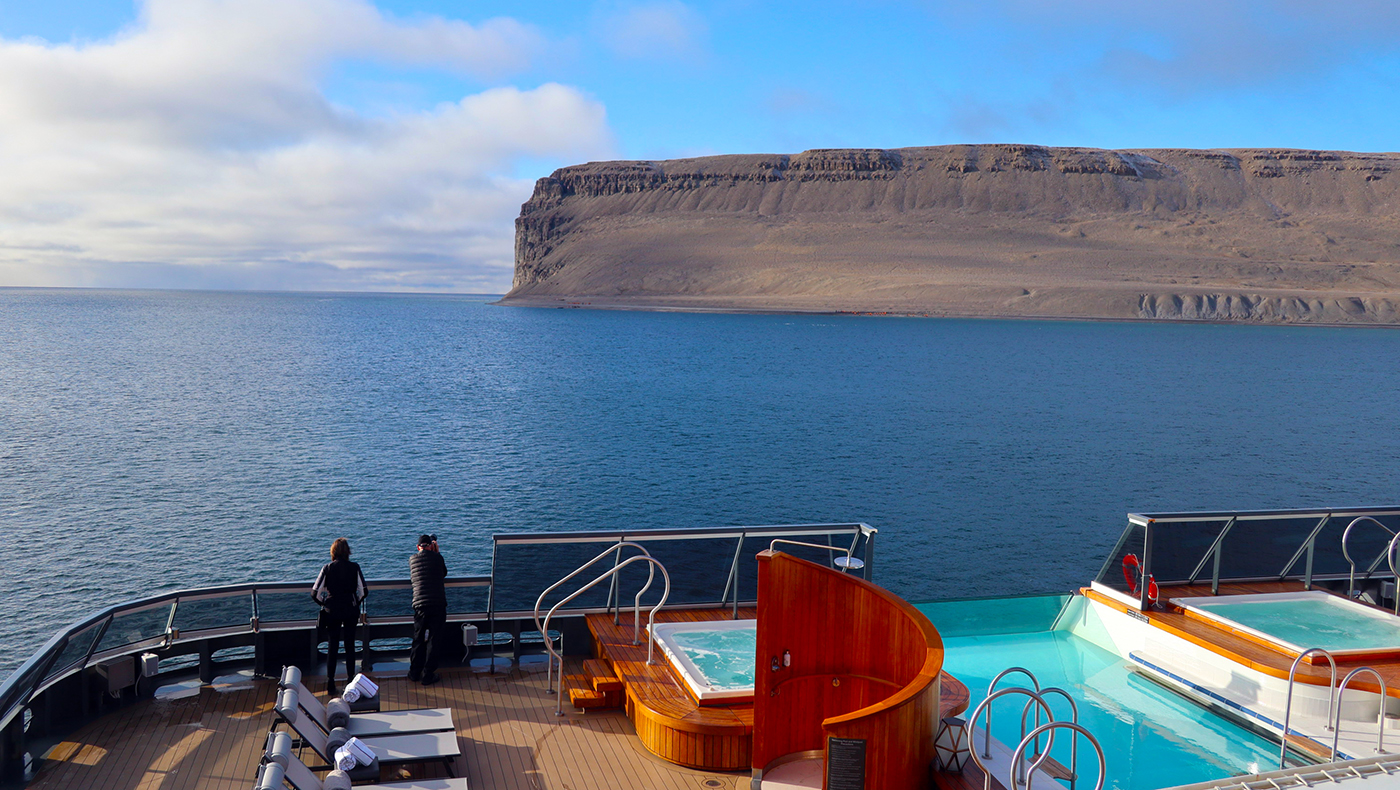
Following the traces of past explorers
The prime directive in modern exploration is to leave no traces of our visit. But there are a few famous remnants from from historic expeditions that we visit on other days of the passage across Arctic Canaada.
As a final resting place, the stony, flat shore of Beechey Island is about as desolate and bleak as they come. This is only about a third of the way across the Passage that we know exists today, but the rugged island was as far as the ill-fated exploration led by Sir John Franklin in the 1840s ever got in their attempt to discover the route.

The two ships Franklin commanded, the Erebus and Terror, got trapped in solid packs of ice and crew members found ways to endure for at least two winters in the area before they vanished– leaving few clues to their fates. Their tragedy spawned dozens of rescue attempts in later years, many of which also ended in failure.
Among the remnants of the Franklin party are four graves marked by wooden markers on the pebbly shore of Beechey Island, where the temperature seldom rises much above freezing. In fact, conditions here are considered the closest you can get on Earth to what it’s like on the Moon.
In the 1980s, during expeditions to Beechey, Canadian forensic anthropologists examined the bodies and found them remarkably well-preserved. Autopsies determined that lung disease and lead poisoning were among the probable causes of death. The lead apparently came from the lead-soldered tins of provisions the Franklin expedition had used as rations on the voyage.
Hotel director Guy WIlshaw and team in Seabourn Venture’s Restaurant–Photo by Wallace Immen
Onboard, no detail is too small
In the daily pre-dinner briefing from the expedition team on the evening that we visited the site of Franklin’s ordeal, we marveled at how the early explorers could stash enough provisions on their small ships to feed a crew for a year or more. Staying healthy and optimistic must have been challenging even without the risk of badly canned chow.
Having ample supplies while we sail far from any place where we could bring in fresh supplies is a feat even today. The galleys need to be stocked with everything needed to feed 200 guests multi-course gourmet meals that don’t repeat themselves every day for more than three weeks.
But Seaborn Venture does it brilliantly and all through the cruise, the salads are crisp, the fish and prime cuts are impeccable and the breads and sorbets are made fresh daily. On the restaurant side the ship has 24 chefs and the galley works 24/7, prepping and baking overnight. Every day featured theme menus.
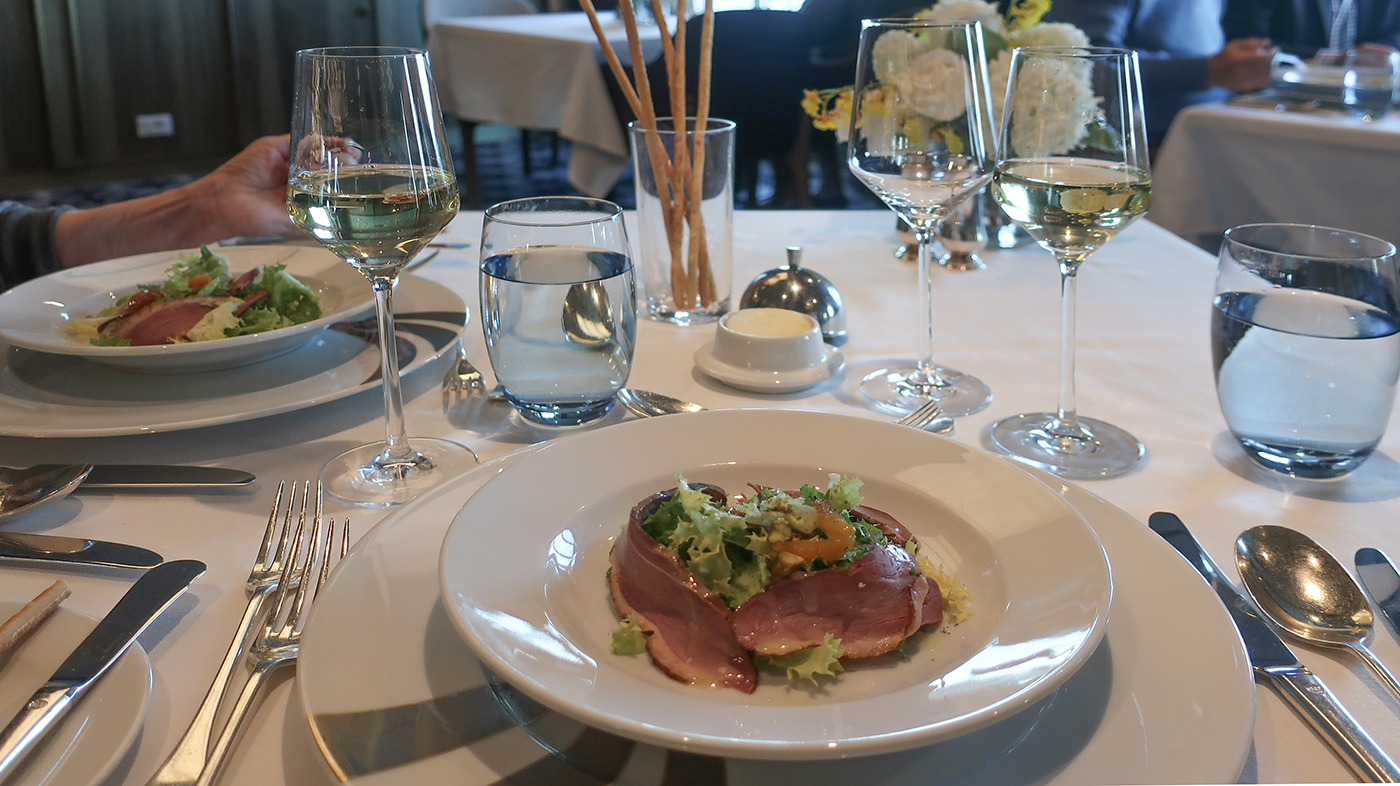
Think of this like a space ship capable of going on a self-contained mission for weeks at a time, suggests hotel director Guy Wilshaw. The provisions loaded befoe we departed Greenland included a ton of fish, two tons of prime meats and nearly three tons of fresh vegetables, as well as more than 30 kilograms of caviar, 300 kilograms of fois gras, and hundreds of lobster tails.
Tricks of the restaurant trade to keeping perishables fresh include storage in dehumidified rooms to reduce moisture. Fruits are kept separate from salad makings and all perishables are rotated from lower to upper shelves and checked several times a day to trim any signs of deterioration.
“It doesn’t guarantee that everything will stay fresh for 21 days; you have to be realistic. Once you get two weeks into a cruise you may see banana bread made with bananas too ripe for eating, but perfect for baking,” Wilshaw notes.
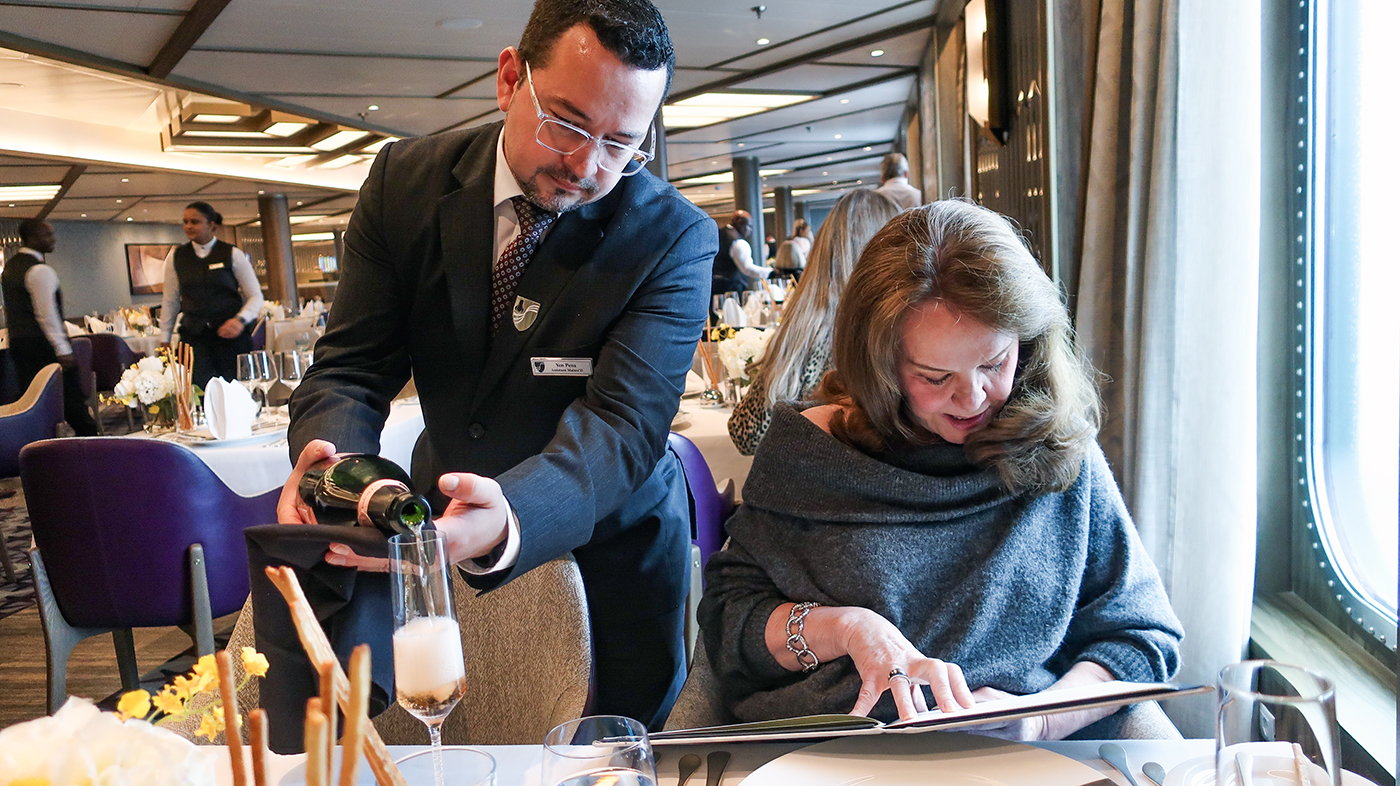
But not only is the ship well supplied for three weeks, there are extras to share. The local Inuit communities have sent wish lists of staples to Seabourn and the crew delivers generous pallets of supplies as gifts when we visit them.
Another day, another Northwest Passage experience. As each day ends, the golden and peach sunsets are revelations to cruisers from lower latitudes. Meanwhile there’s so much to discuss over a delicious meal.
But on a cruise this long, there’s always tomorrow, another day filled with unpredictable and memorable possibility. And this evening, we’re all hoping for an evening show of the Northern Lights.

Well-known videographer Taylor Gray was recording our experiences of Seabourn Venture’s Northwest Passage expedition. Here’s a link to the beautiful result.
Story by Wallace Immen, executive editor of The Cruisington Times
Seabourn Venture will depart August 6, 2025, from Reykjavik to Anchorage, Alaska, followed by a second voyage departing August 27, 2025, from Anchorage to Reykjavik. Both voyages will include pre- and post-cruise charter hotel stays in Anchorage and Reykjavik.

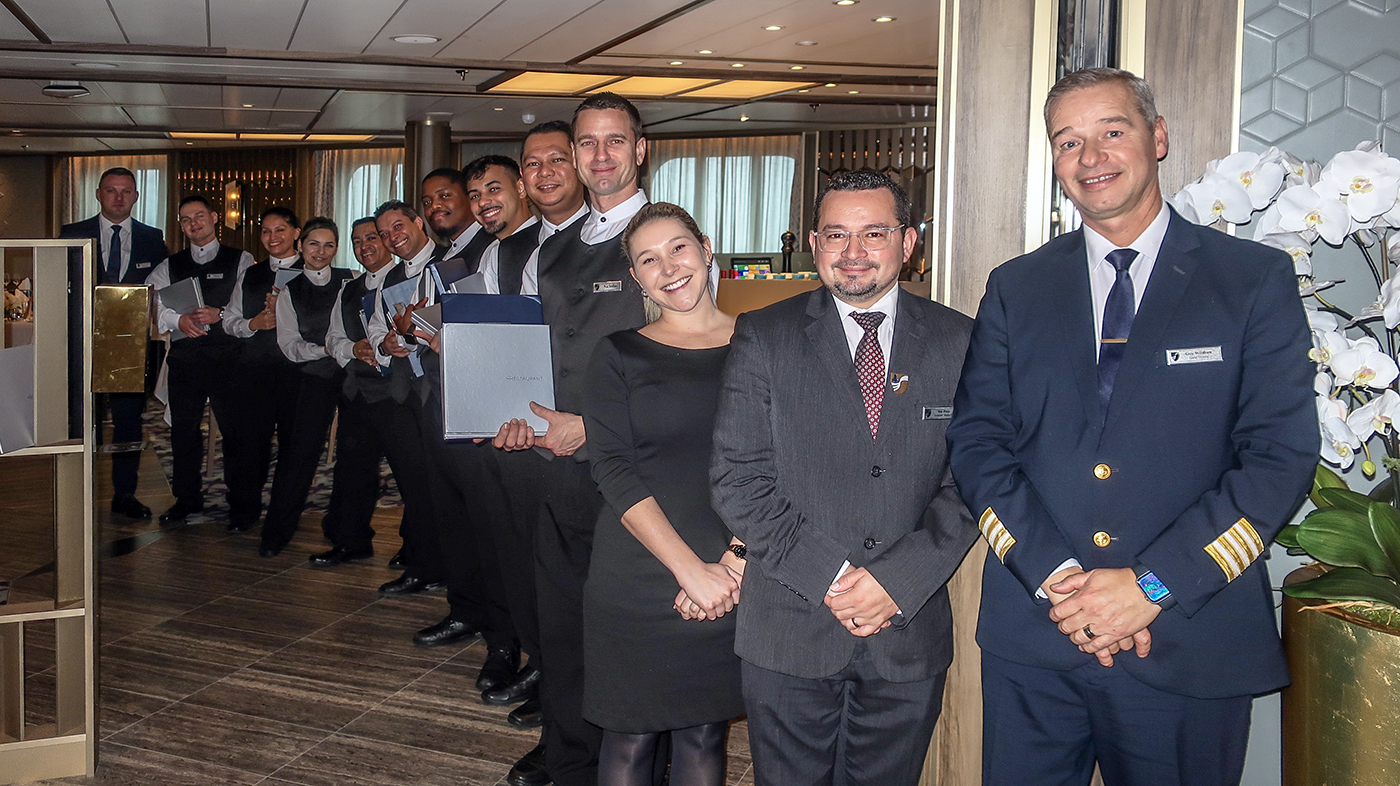
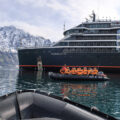
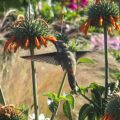
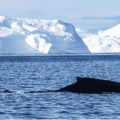

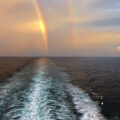
1 Trackback / Pingback
Comments are closed.